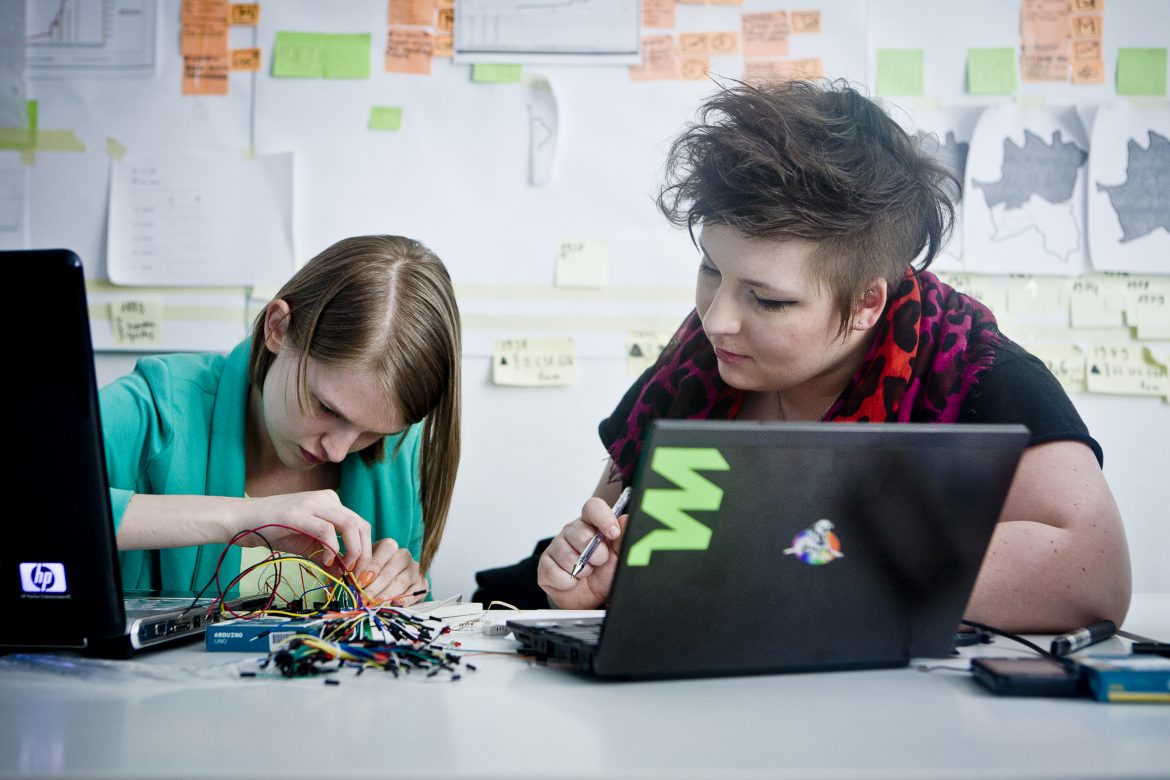It’s well-recognized that technology is both a tool and, sometimes, a distraction, especially in the classroom. It’s easy to blame this problem on smartphones, as more students bring them to school. But the reality is that even smartphones, when applied correctly, can improve learning.
While it’s never good to have students playing games on a smartphone in the middle of a discussion, but there are ways to engage students through incorporating those devices. 5rIn fact, evidence suggests they can improve student experiences by lowering anxiety and creating a calm, safe environment. Anxiety-related disorders commonly affect young, school-age children, and General Anxiety Disorder affects 6.8 million adults, or 31 percent of the U.S. population each year.
Anxious brains prove tough to deal with and difficult to keep engaged. So it’s important for teachers and educators to understand available tools for resolving the causes of student stress. Many of the ed tech tools currently in place will work well if applied appropriately.
Pre-Planning and Experience Training
Teachers use several methods for planning lessons before administering them. Naturally, this helps alleviate a lot of stress on the educator’s side of the equation, but what about the students? They almost always walk into a classroom with no idea what to expect.
Teachers can remedy this by providing students with pre-planning and experience training tools. For example, long discussions and lessons can be augmented by providing pre-recorded audio up front. They can listen to the audio on their own time, preparing for the experience to come, a riff on the flipped classroom.
Pre-planning like this eliminates the need for students to take notes during the actual lesson, allowing them to pay closer attention. It also allows them to participate in what’s happening, by weighing in on questions or activities.
Understand Their Needs
Not all students are the same, and some will require a little more care and attention — something educators may not plan for. Students on the autism spectrum, for instance, often become more anxious as environments grow louder. Therefore, incorporating lessons that encourage chaos and a lot of interactions could damage some students’ experiences.
This may be the perfect time to break out some ed tech tools. When used in tandem, VR and headphones can help some, but they might do the exact opposite for others. Understanding the needs of your students is crucial to building a successful lesson and experience for all.
Consider Free Time
As an educator, it’s easy to think you have little time with your classes. Forty-five minutes to an hour may seem short, especially when you deal with complex subjects. However, for children, that’s a long length of time to stay attentive.
Sometimes kids need time to themselves. Try incorporating free time into your schedule for relaxation. You can make good use of this time by employing ed tech tools. Build some activities that allow for fun and free time but still share knowledge. Platforms like gamification, interactive environments and VR, and more creative activities can help inject fun and excitement.
Leave the Classroom
Believe it or not, exercise or a change of scenery can help with anxious feelings. Staying confined to a small desk area or within the enclosed walls of a classroom can have negative results.
In the past, taking lessons outside wasn’t feasible, but that’s no longer the case. Smartphones and other tech devices help make the process more effective. With the right technology, you can teach outside as though you never left the classroom.
Incorporate Unique Platforms
Computers and other tech devices have become more common in the average classroom. Unfortunately, they aren’t always used to their full potential. This is unfortunate because web access and experiences can further enhance education. Consider Webquests, for instance, a site encouraging students to seek out key information about a lesson through their own searching.
Educators could also make use of a variety of original platforms to enhance their lessons. Imagine creating more interactive video lessons using VR or teaching students to code to help demonstrate math? These experiences would further engage and stimulate the students as well, helping to release some of their pent up anxiety and stress.
Improving Knowledge Retention and Reducing Stress
It’s a long-known fact that engaged students not only have positive experiences, but tend to retain more information. But it’s also healthier for students to enjoy the time they spend in the classroom, especially when they can escape their growing anxiety.
It may not seem like it, but kids face a lot of stress and anxiety. It would be silly to dismiss their plight and even sillier to avoid dealing with it. Stress management for students should hold a much bigger focus in the classroom than it does. With the right ed tech solutions, lessons can become rewarding and engaging. By stimulating the mind of the average student, it helps alleviate some of their stress and allows a better experience for the course itself.
Kayla Matthews is an ed tech journalist whose work has been featured in Information Week, Noodle, InnovateMySchool, and VentureBeat. To see more of her writing, visit ProductivityBytes.com or follow her on Twitter.
“SensLab Meeting”by Medialab Katowice is licensed under CC BY 2.0


1 comment
in the upcoming school year, I will definitely incorporate “Buzzword breakdown”: makin sense of digital learning….. With so many websites spewing out false information second by second and minute by minute, it will be less stressful to know that there are groups out there who do nothing but research and let the user know if something is real or fake.